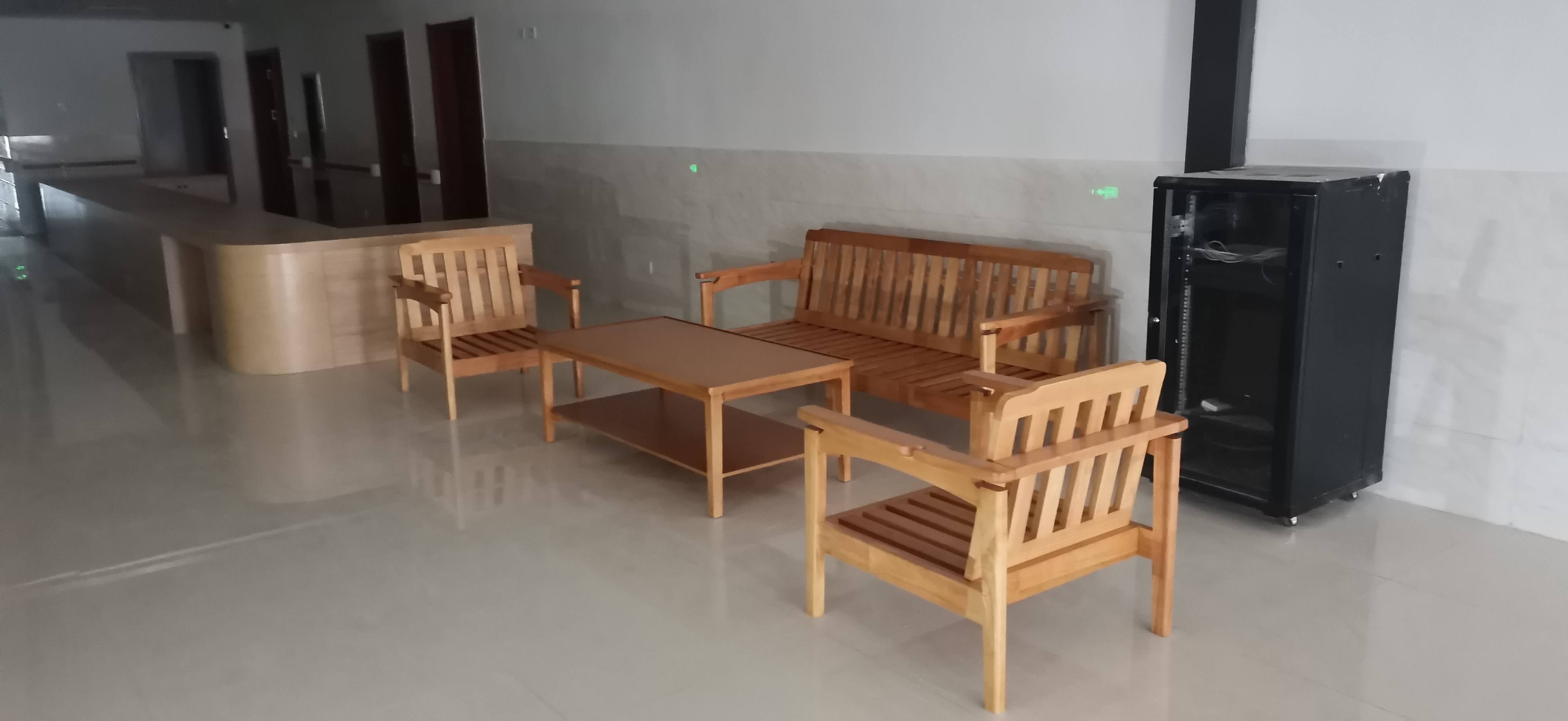Retirement Reemployment: Why Are Silver-Haired Workers Returning to the Workforce?
With the rise of the silver economy, more and more elderly people are choosing to return to work after retirement. Instead of settling into a life of leisure, they continue to pursue self-worth, shoulder family responsibilities, and increase household income.
According to a recruitment platform survey:
46.7% of seniors reenter the workforce to seek personal and social value;
19% hope to continue using their professional skills;
34.3% return to supplement family income and meet higher consumption needs.
Recently, the hashtag #HowValuableAre Elderly Resumes# went viral on social media, sparking heated discussions about the value and challenges of senior employment.
1.Real-Life Cases of Elderly Reemployment
A “High-Value Resume” from a 72-Year-Old Grandma
In Beijing, a company launched a recruitment program specifically for seniors, receiving over 500 resumes. Among them, a 72-year-old woman stood out. Her resume highlighted “40 years as a university professor, founder of a community calligraphy club, certified in therapeutic massage…”
During the interview, she even gave a shoulder massage to a 25-year-old HR manager suffering from pain, showcasing the unique strengths of silver-haired workers. Her story reflects the untapped potential and resilience of older employees.
Ms. Liang: Retirement Does Not Mean Stepping Back
Ms. Liang, 60, was a college teacher before retirement. Today, she teaches at a senior university, where her students range from their 20s to their 60s. She finds the work lighter compared to teaching younger students.
For over 30 years, she supported her family alone and saved 200,000 yuan for her daughter’s wedding. Even after retirement, she continues to set money aside for her daughter, saying: “If my daughter ever faces financial pressure, I will not hesitate to step in.” For her, retirement is not about “withdrawing” from life but taking on new responsibilities.
Ms. Zhang: Reemployment Out of Family Necessity
At 61, Ms. Zhang—once a kindergarten teacher—returned to work because her husband’s failed investments left debts, her daughter still has a mortgage, and her husband’s illness prevents him from working.
Armed with a childcare certificate and years of experience, she secured a job at a maternity care center. “Our combined pensions plus my salary amount to over 10,000 yuan a month, but most goes toward the mortgage and raising our granddaughter,” she explained. For many families like hers, retirement reemployment is not an option but a necessity.
These stories highlight that seniors are not just beneficiaries of society—they remain active contributors to both family and community.
2.Key Challenges Facing Elderly Reemployment
Despite rising demand, seniors face significant challenges in returning to the workforce.
Social Bias
Some believe that elderly workers “take away jobs from the younger generation.” Many underestimate seniors’ skills and productivity, viewing them as a burden rather than an asset.
Lack of Policy Support
In many cases, companies hiring seniors over the legal retirement age refuse to sign formal labor contracts. Seniors often receive only wages without benefits such as social insurance or housing funds, leaving them vulnerable.
Limited Job Channels
Currently, most opportunities for seniors are concentrated in community services, such as domestic work, elderly care, cultural activities, child education, and rehabilitation. However, overall job availability remains limited.
CPPCC member Hu Zheng suggested:
Expanding community service positions (housekeeping, healthcare, cultural services, childcare, elderly care, etc.);
Establishing “green channels” to allow senior talents to work across regions where they are needed.
3.Legal Perspective: Different Rights for Seniors vs. Younger Workers
The term “silver-haired workers” generally refers to individuals past the statutory retirement age who continue working. Legally, however, their status differs from that of younger workers.
Labor Relationship: Protected by the Labor Law, guaranteeing rights such as wages, rest days, overtime pay, and mandatory social insurance contributions.
Service Relationship: Governed by the Civil Code, relying on contractual agreements, with no mandatory benefits or protections.
According to China’s Labor Contract Law, once an employee reaches retirement age and starts receiving pension benefits, the labor contract is terminated. Judicial interpretations also clarify that disputes involving retired employees are treated as service disputes, not labor disputes.
This legal distinction means that senior workers do not enjoy the same protections as younger employees.
4.Social Debate: Opportunity or Burden?
Public opinion on “retirement reemployment” remains divided.
Supporters argue that seniors bring valuable experience, strong responsibility, and can continue contributing to society.
Skeptics worry about seniors’ health, productivity, and the possibility of reducing job opportunities for younger generations.
With China’s gradual retirement delay policy, elderly reemployment is expected to become more common. The challenge is finding a balance: how to protect seniors’ rights while enabling them to contribute meaningfully.
5.Conclusion: Silver-Haired Reemployment Is an Irresistible Trend
From the 72-year-old’s “golden resume” to the stories of Ms. Liang and Ms. Zhang, we can see that:
Elderly reemployment is not just about money—it reflects family responsibility and personal value;
Seniors are not only participants in the silver economy, but also its drivers;
More inclusive policies and social recognition are needed to unlock their full potential.
As China faces rapid population aging, silver-haired workers will increasingly shape the labor market. Ensuring their rights, health, and dignity is not only a matter of fairness, but also an important step in building a sustainable society.





